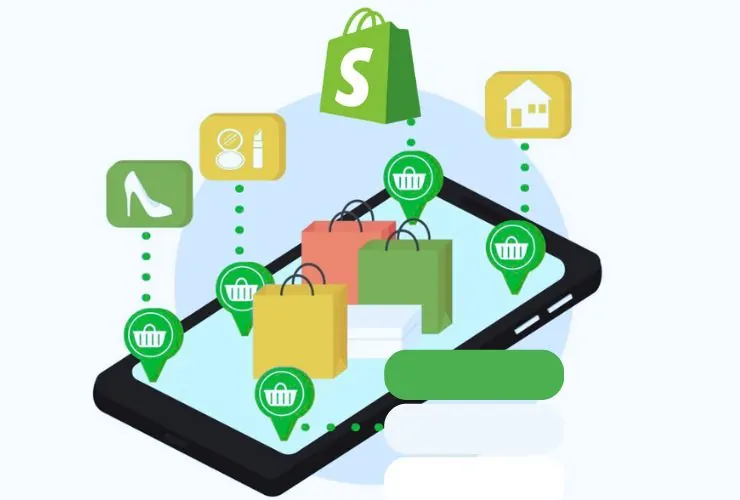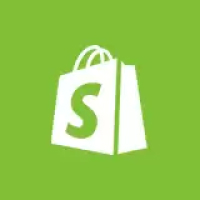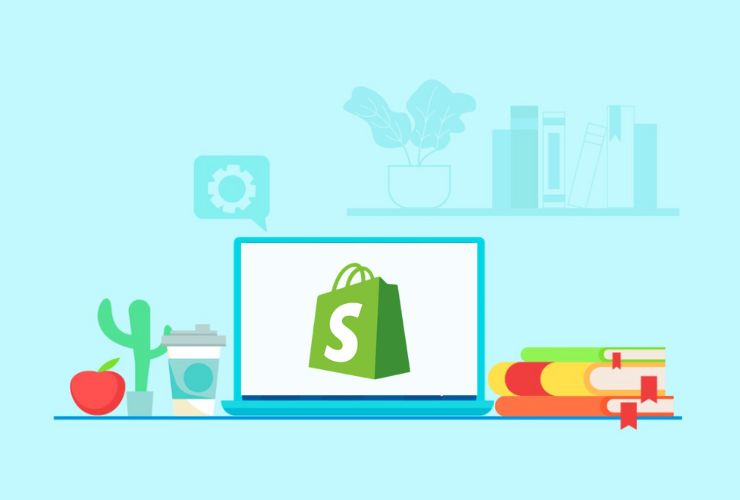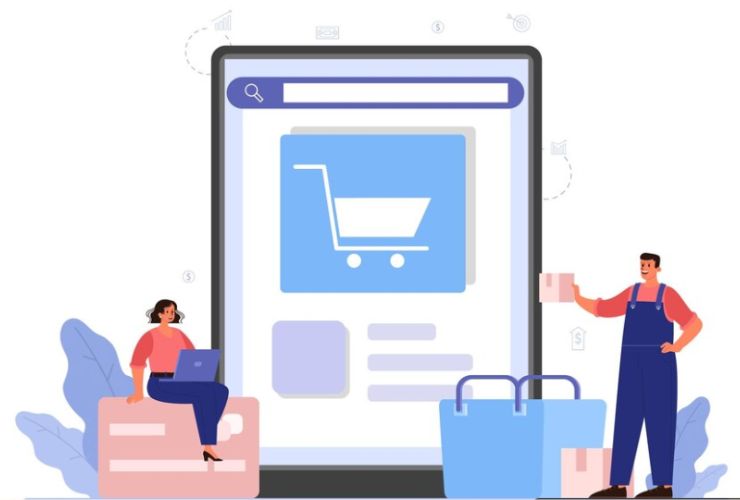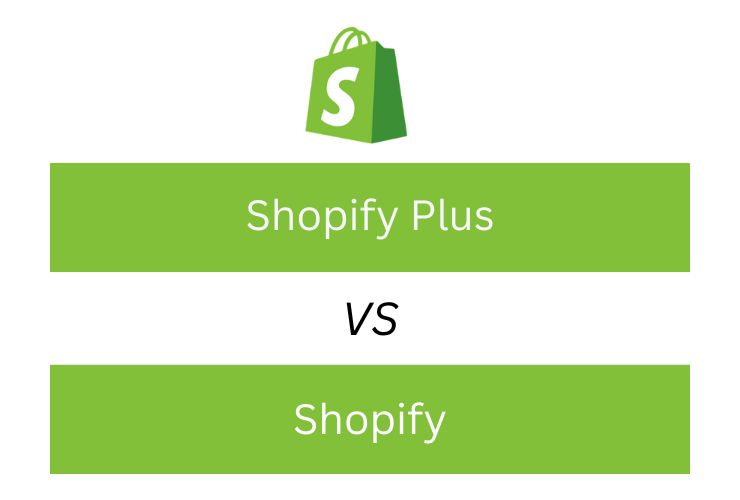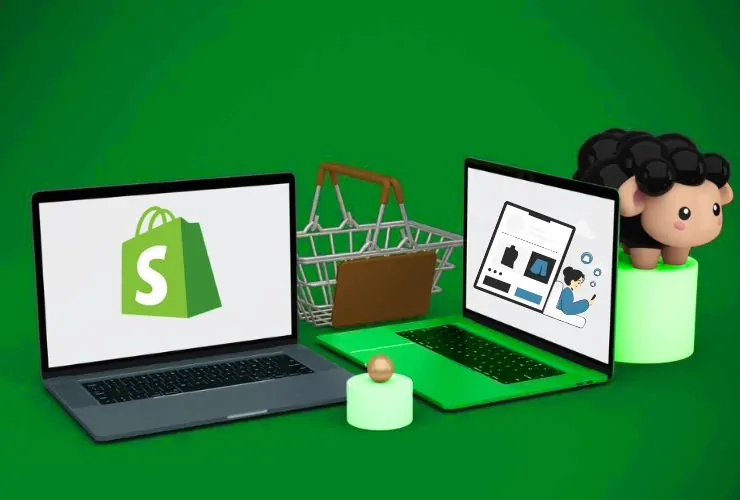Operating a Shopify dropshipping business can be very lucrative, but the cumbersome process of processing orders, stock, marketing, and customer support gets out of hand as your business expands. Without automation, monitoring stock, order fulfillment, responding to customers’ questions, and running marketing campaigns can quickly get out of hand.
Automation is the key to making your business a smooth-running machine. By implementing advanced tools and technologies, you can automate repetitive tasks, reduce errors, and concentrate on strategic expansion. In this blog, we will talk about the best methods to automate your Shopify dropshipping business so that you can expand efficiently and make the most out of your profits.
1. Automate Order Fulfillment
Order fulfillment is the most important part of dropshipping. Without automation, you may find yourself spending a significant amount of time processing orders, sending notifications to suppliers, and making notifications to customers regarding their shipping status manually. Not only does this hinder your business, but it is also more likely that errors will be made, and that equates to unhappy customers.
With automation, orders are entered to suppliers after being placed and, therefore, processing and shipping are achieved quicker. Even there exists automation software enabling real-time monitoring, updates being automatically reported to customers so that they may find out at any time where their order stands.
Best Order Fulfillment Automation Software
DSers – A powerful order fulfillment and bulk ordering automation application for AliExpress dropshipping.
AutoDS – Assists in product discovery, order automation, and order monitoring, saving time.
Oberlo – Although no longer taking on new users, existing users can continue using it to easily automate AliExpress order fulfillment.
Order automation allows you to focus on business growth instead of dealing with logistics.
2. Product Imports and Prices Automation
Updating new items in your store and manually editing prices if you are selling a lot of goods may be time-consuming. Even more difficult is it for several suppliers with stock status monitoring and updating of prices.
Automation software can synchronize your store and suppliers, updating product information, description, images, and prices in real-time. This makes your listings perfect and competitive at all times. Dynamic pricing software goes a step further to optimally maximize your price strategy by dynamically adjusting prices according to the prices of competitors, demand, and adjustments by suppliers for the highest possible profitability.
Best Tools for Product Imports and Pricing Automation
Spocket – A supplier network that helps import high-quality dropshipping products with real-time updates.
Dropified – Syncs product details, automates pricing updates, and integrates with multiple suppliers.
Repricer Apps – Automatically adjusts product prices based on market trends, ensuring competitiveness.
With these automation tools, you’ll never have to worry about selling outdated products or losing money due to incorrect pricing.
3. Automate Inventory Management
One of the biggest dropshipping issues is inventory management with no stock control. Running out of stock at the wrong time or selling out stock-out products can lead to order cancellations and unhappy customers.
Automated inventory management software monitors stock levels in real-time, keeping your store in sync with supplier databases. When a product is out of stock, your store can automatically suppress the product, avoiding orders for out-of-stock products. Automated reminders also alert you when stock is low, enabling you to take preemptive action such as switching suppliers or halting ads for specific products.
Best Inventory Management Automation Tools
Stock Sync – Synchronizes your supplier’s stock levels in real-time in your Shopify store.
Sellbrite – Controls stock across multiple marketplaces, with effective stock tracking.
Ecomdash – Controls inventory and order management across numerous platforms for effective control.
Automation of inventory lessens the likelihood of stock problems, providing an easy shopping experience to your consumers.
4. Automate Customer Support
Customer service is a must for any successful shop, but it becomes overwhelming to personally answer questions as your shop grows. Answering the same questions over and over again, monitoring orders, and processing refund requests can be a time-consuming process.
AI chatbots and automated ticketing can manage much of the customer service load, offering immediate answers to frequent questions, order status reminders to customers, and routing difficult questions to human representatives only when necessary. Automated email responses also assist in educating customers, enhancing overall satisfaction and trust.
Best Customer Support Automation Tools
Tidio or Gorgias – AI chatbots offering automated responses and live chat support.
Zendesk – Automated software for automating customers’ requests via email, social media, and chat.
HelpDesk – Auto-automates tickets and filters customers’ requests to quickly resolve them.
With automation of customer support, you can achieve high response rates and customer satisfaction without additional manual effort.
5. Automate Marketing & Retargeting
Marketing is important to push sales, but writing emails by hand, managing social media, and executing advertisement campaigns take a lot of time. Automation enables you to nurture leads, recover abandoned carts, and retarget prospects effectively.
Email automation software divide the audience and send campaigns according to customer behavior. Social media automation software pre-plan the posts, run ad campaigns, and interact with audiences without constant checks. Retargeting software monitor visitors who abandoned carts and show targeted ads to reacquire them.
Best Tools for Marketing & Retargeting Automation
Klaviyo or Omnisend – Automate email campaigns with tailored sequences for various customer segments.
Recart – Automates Facebook Messenger marketing to win back potential buyers.
PushOwl – Sends automated web push notifications for cart recovery and special offers.
Automating your campaigns enables you to scale quicker and generate repeat sales with less effort.
6. Automate Analytics and Reporting
Tracking sales data, customer trends, and profit margins manually takes time. With automated analytics, you receive real-time insights on the performance of your store so that you can make smart decisions.
Sophisticated analytics and reportage tools monitor key metrics such as conversion rate, average order value, and customer lifetime value. Predictive analytics can even predict future patterns of sales so that you can plan pricing and stock management ahead of time.
Top Automated Reporting & Analytics Tools
Google Analytics & Shopify Reports – Monitors customer behavior, conversion rate, and sales performance.
Lifetimely – Offers in-depth profit analysis and customer retention analysis.
BeProfit – Automated finance management through profit tracking, expenditure tracking, and margin tracking.
With automatic analytics, one can gain valuable business insights without investing hours in manual data entry and analysis.
Final Thoughts
Automation is not a luxury—scales are the necessity of scaling a profitable Shopify dropshipping store. Through automated order fulfillment, product importation, inventory tracking, customer support, marketing, and analytics, you save time, avoid mistakes, and think strategically about growing your business.
The right automation tools will turn your store into an ultra-efficient business so that you can compete with major eCommerce players without having a disgustingly bloated business model.
Begin executing these automation concepts now and make your Shopify dropshipping business go higher than ever with minimal effort by hand!

